Patterns
Kits
sundries
knitting tools, buttons and notions, project bags and other pleasing little things
knitting tools, buttons and notions, project bags and other pleasing little things
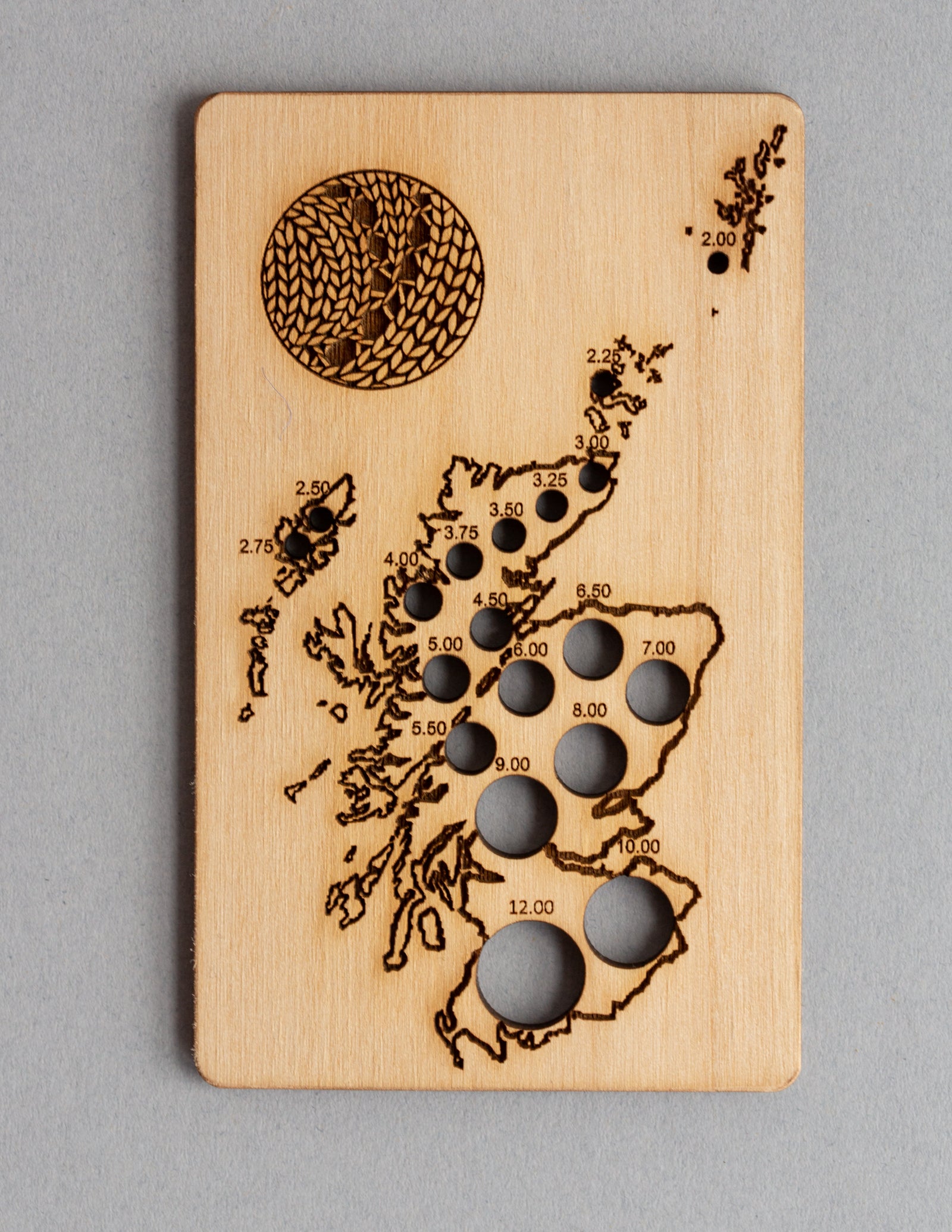
Exclusive Scotland needle gauge by Katrinkles
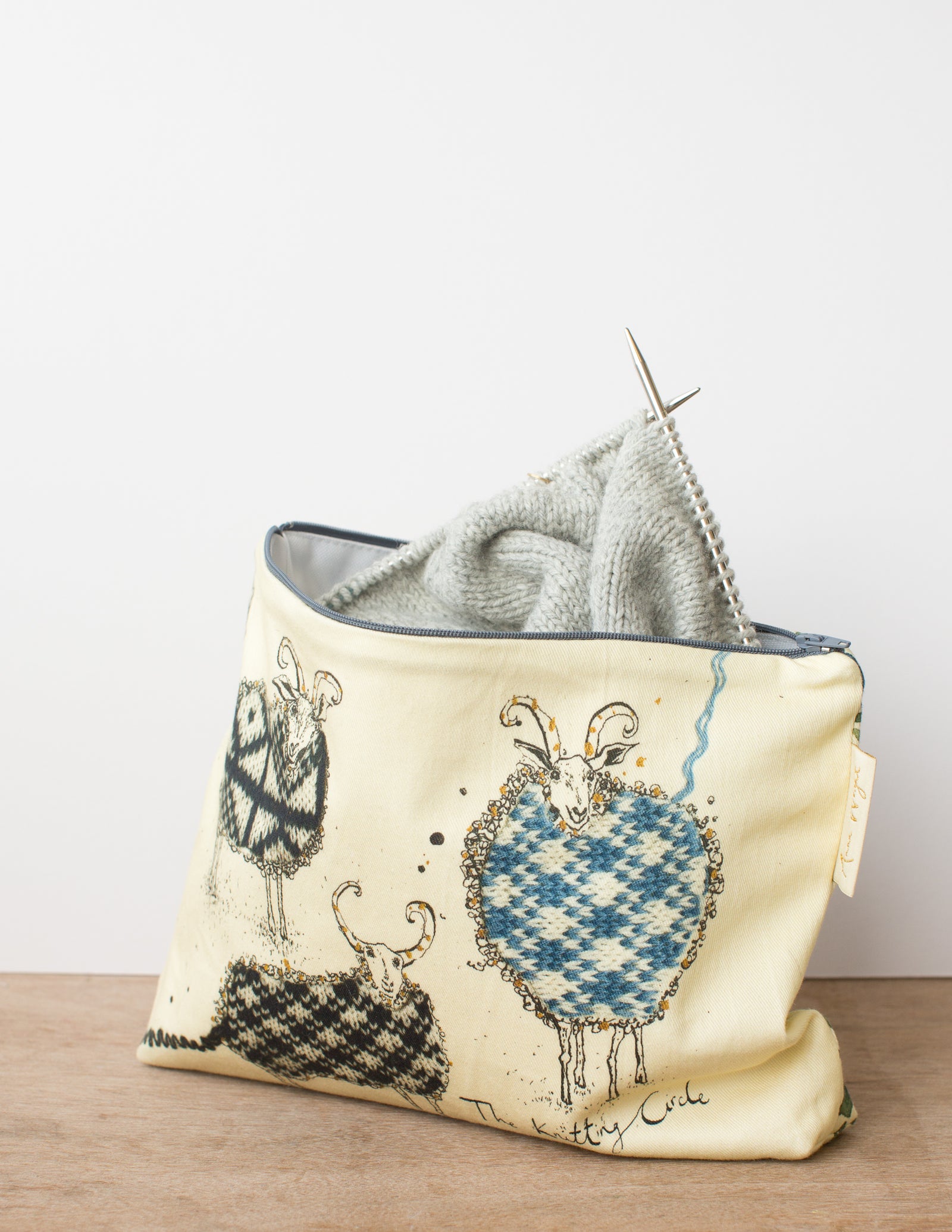
Zippered pouches in two sizes by our studio neighbour Anna Wright
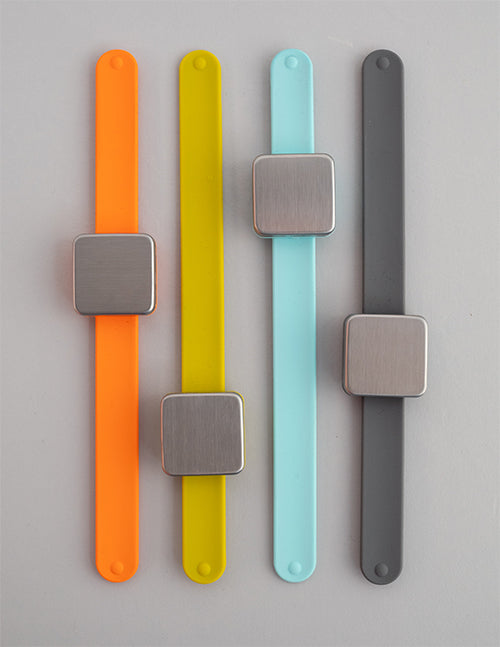
keep small tools accessible with the Maker's Keep
gift 2019
Subscribe to our Colourwork Club for a gift that lasts well into the new year. Your recipient will receive a new colourwork kit in Janurary, February and March
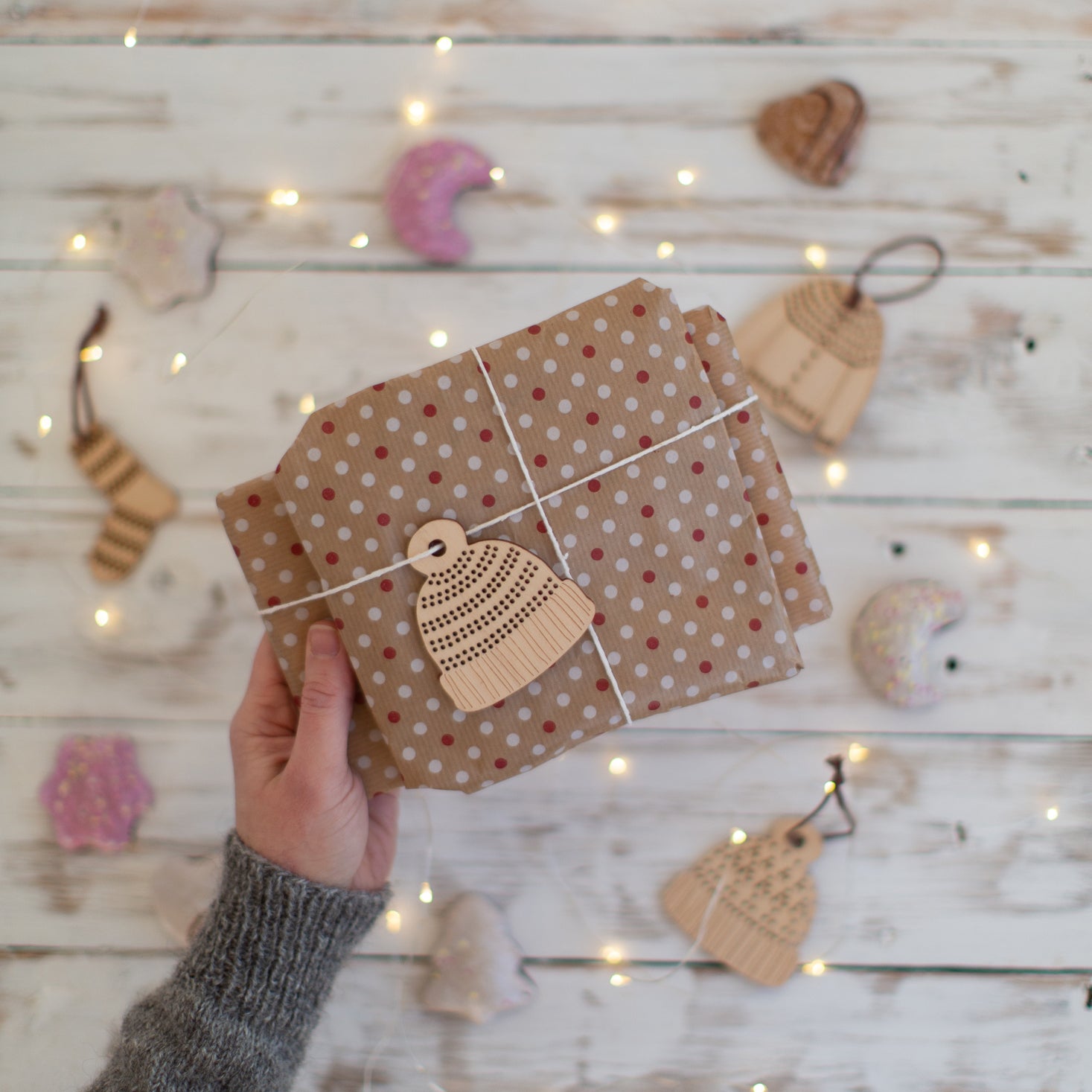
Subscribe to our Colourwork Club for a gift that lasts well into the new year. Your recipient will receive a new colourwork kit in Janurary, February and March


Last minute shopping? Gift cards are delivered electronically - forward the email or print it for your recipient. A range of amounts are available and gift cards don't expire.


How to read your knitting
January 13, 2021

Have you ever encountered these instructions in your knitting pattern? “Work stitches as they appear,” “knit the knits and purl the purls,” “work stitches opposite to how they present” - how exactly do you tell a knit stitch from a purl stitch? How do you tell if you’ve worked an increase or decrease already? “Reading” your knitting to identify your stitches is an important skill to help you understand how stitches are created and how they work together.
The Knit Stitch

The knit stitch is the first stitch we learn in knitting, and it’s the basis for almost all other stitches. When working a knit, the yarn is behind the work and the right needle tip enters the next stitch from front to back, crossing below the needle.


When completed, a knit stitch looks like a flat smooth “V” shape (or heart shape) in front of the needle. The back of the stitch (behind the needle) appears as a horizontal bump.
The Purl Stitch

A purl stitch is basically the front-to-back opposite of a knit stitch. The yarn is in front of the needles, and the right needle tip enters the next stitch from right to left through the front loop only.


When completed, a purl stitch looks like a horizontal bump in front of the needle. The back of the stitch (behind the needle) appears as a flat “V”.
Working Stitch Patterns
In practice, you mainly need to be able to identify whether the next stitch on your needles is a knit or a purl, and how many knits or purls you have worked in a row in order to maintain your stitch pattern.

“Work stitches as they appear”
- most often used for ribbing or cable patterns, creates columns of the same stitch on top of each other
- If the next stitch on the left needle is a V, it’s a knit stitch and should be knit.
- If the next stitch on the left needle is a horizontal bar, it’s a purl stitch and should be purled.


“Work stitches opposite to how they appear / present”
- used for offset patterns like seed stitch
- If the next stitch on the left needle is a V, it’s a knit stitch and should be purled.
- If the next stitch on the left needle is a horizontal bar, it’s a purl stitch and should be knit.
Reading increases and decreases


Increases add stitches to your knitting, either by picking up a new stitch from the existing fabric or by using the working yarn to create a new stitch on the needles directly. Some increases are quite obvious visually, like yarn overs, while others are less visible, such as lifted increases (make 1, LLI, RLI).

Decreases reduce the number of stitches on your needle by working stitches together, or by binding off (casting off) at the beginning of the row. Stitches that have been bound off will have a horizontal line of stitches that spans the top of them.

A good way to identify increases and decreases in your work are to identify a column of stitches and follow it up or down the fabric. Increases will create a new column of stitches between existing ones, or growing out of another column. Decreases will bring two or more columns of stitches together into one.
Placing locking stitch markers into increases and decreases as you work them is a great way to familiarise yourself with how they look when completed.

Keep in Mind: Knitting is Double Sided
Whether you’re knitting flat or in the round on circular needles, knitting always has 2 sides: the side of the fabric that faces you on the needles, and the opposite side. This is important to know, because a stitch that appears as a knit on one side of the piece will be a purl on the opposite side, and vice versa.

When knitting flat (aka back and forth), you turn the work at the end of each row by exchanging the empty needle with the full one. This is alternating which side of the fabric faces you each row. If you work all knit stitches and turn at the end of each row, the purl bumps also alternate which side of the work they appear on, creating reversible garter stitch.

When knitting in the round (circularly), you are working in a spiral with the same side of the fabric always facing you. So when you work all knit stitches, all of the corresponding purl bumps are on the same side of the fabric, leaving you with one smooth side and one bumpy side (stockinette stitch).
Practice makes perfect, so keep on knitting and pay attention to how the stitches are formed for a stronger, deeper understanding of how your knitting works.
Further Help Looking for more tips and tricks?
Our website is full of tutorials whether you're looking to knit your first sweater, get started with colourwork, or try a new technique.
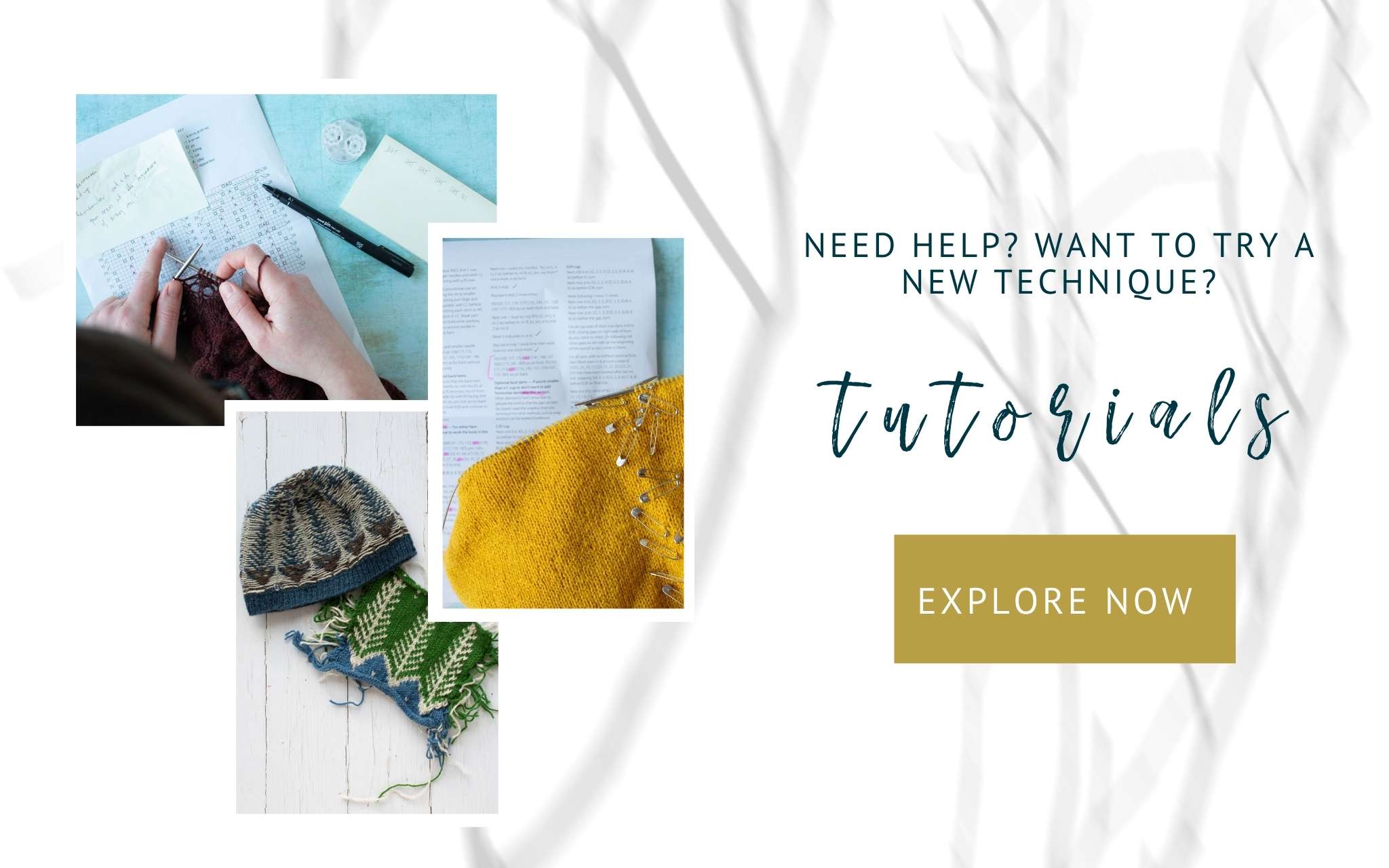
Also in Journal
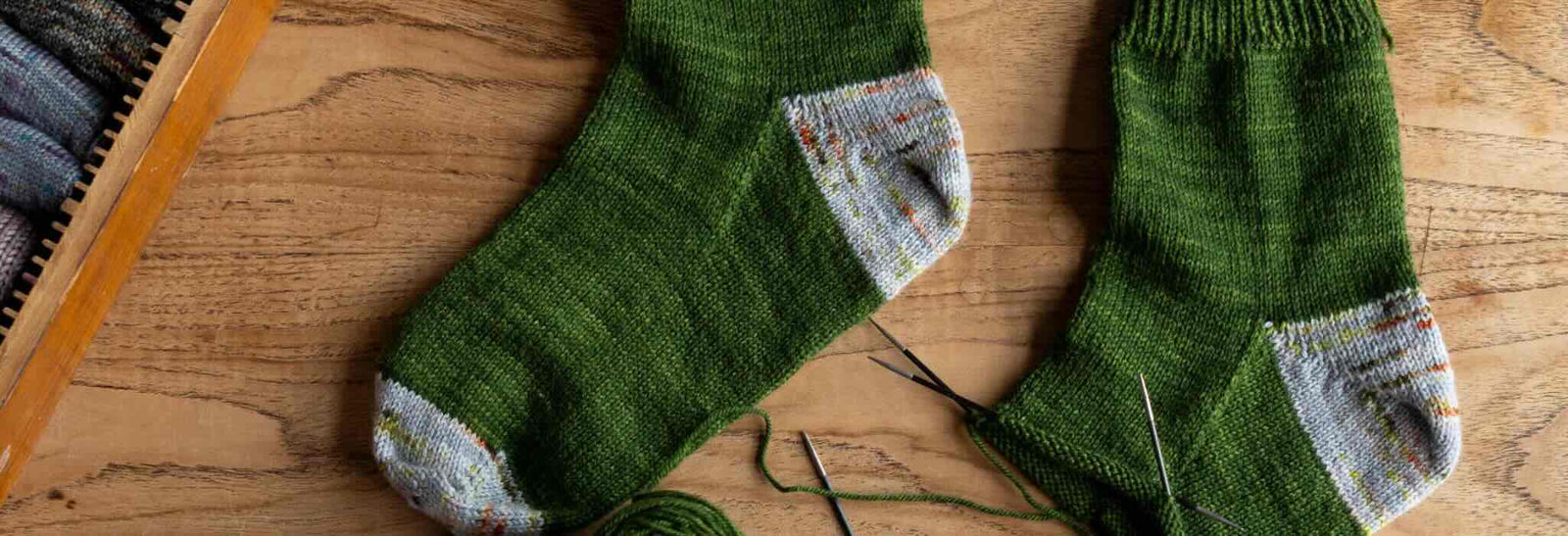
Deep Shadow Heel Tutorial
September 25, 2025

20 Years of Ysolda Knitting Patterns: Part 2
June 23, 2025

20 Years of Ysolda Knitting Patterns: Part 1
June 19, 2025
Recent Articles
-
Deep Shadow Heel Tutorial
September 25, 2025
-
20 Years of Ysolda Knitting Patterns: Part 2
June 23, 2025
-
20 Years of Ysolda Knitting Patterns: Part 1
June 19, 2025
-
Learn to Knit: Mattress Stitch
March 29, 2023
-
How to Knit a Scarf: A Beginners Guide to Scarf Knitting
March 23, 2023
-
Learn to knit: the long tail cast-on
February 03, 2022
-
How to Graft Your Knitting
December 09, 2021
-
Crochet Provisional Cast-on
December 02, 2021
-
Learn to knit: How to knit in the round with double pointed needles
November 25, 2021
-
Learn to knit: How to knit in the round using the magic loop technique
November 25, 2021
Free resources
-
KALS, step-by-step pattern guides and free patterns
Learn brioche with the free Daniel's Hat pattern
Tombreck - a free chevron beanie pattern
Working the brioche neck detail on the Polwarth sweater
Installing a zipper and ribbon, finishing wee Carson
Yarn colour ideas for Threipmuir sweater
Additional colourways for the Joy mitts (choose your pride flag)
How to join the shoulders on Wardie
How to join the pockets on Granton and Wardie
Finishing Resources for Granton
Broughton mittens tutorial part 1
Broughton mittens tutorial part 2
Broughton mittens tutorial part 3
Basics
Casting on
Decorative Channel Island Cast-on
Binding off
3 Easy Stretchy Bind-offs (p2tog bind-off; k2togtbl, k1 bind-off; Jeny's surprisingly stretchy bind-off)
Tubular Bind-off for brioche stitch
Increasing
Paired increase methods compared
How to continue in pattern while increasing and decreasing
Decreasing
Brioche stitch double decreases
Knitting in the round
How to Knit in the round using Magic Loop
How to Knit in the round using DPNs
Short rows
Swatching and gauge
Tips and tricks
Avoiding ears when binding off
Tighter purl stitches for neater cables and ribbing
Cabling without a cable needle
How to knit more symmetrical yarn overs
Bust darts in sweaters with all over stitch patterns
A magic formula for evenly distributing shaping
Superwash v Non-Superwash Wool
Picking up sts from the middle of the fabric
Reading knitting patterns
Understanding "continue in pattern"
Help! Where am I in my knitting project?
Using charts, even if you hate them
Finishing
Garment knitting
Joining the body and sleeves on a seamless bottom up sweater
Sizing
Ysolda’s sizing chart for knitwear designers
Inclusive garment knitting
How to pick a garment without a model for you (specifically addresses finding garment patterns when your gender identity isn't represented and the styles you want to knit might not be sized to fit your body)
How does ease affect inclusive size ranges?
Specific stitch patterns
Lace
Identifying and fixing mistakes in lace knitting
Colourwork
Getting started with stranded colourwork
Understanding colour dominance
Working stranded colourwork over small circumferences
Decreases in stranded colourwork
Holding the yarn for stranded colourwork
Ladderback Jacquard (a neat way to deal with long floats)
Cables
Cabling without a cable needle
Cabling without a cable needle on the wrong side
How to knit cabled decreases
Closed ring cable increases and decreasesBrioche
How to work brioche stitch in the round
Other crafts
Cross stitch
How to begin your first large cross stitch project
How to finish a cross stitch project with an embroidery hoop frame
Mending

Sign up today
Find out the latest news from the studio such as sales, pattern releases, and new workshops or KALs our learning community, The Knitwork. We also share helpful tips and exclusive subscriber discounts...



